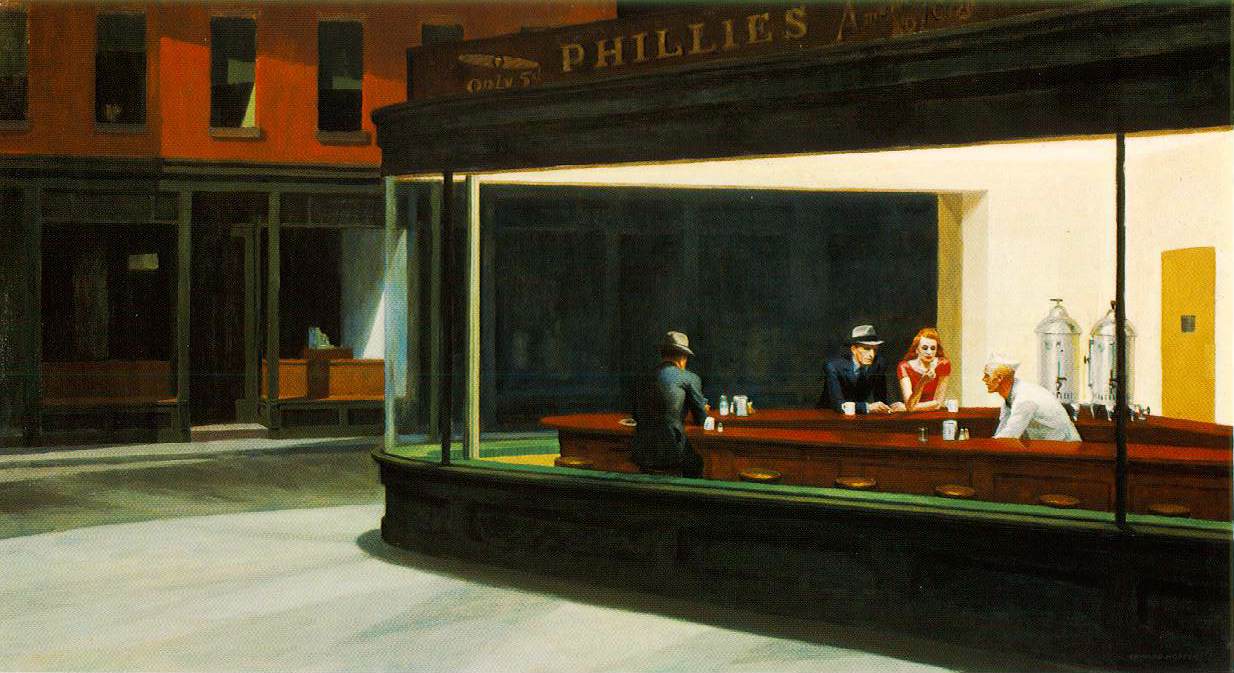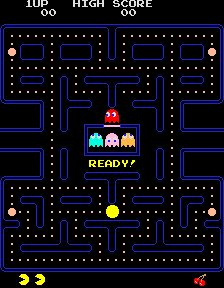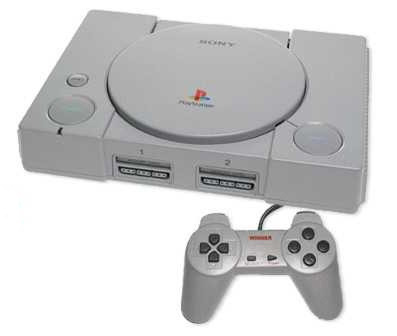It's finally over and we may rest easy once again, for a few weeks anyway. It's no secret this project has been a persistent monkey on my back and I've been really unsure through this whole process but I did like what I finally ended up with.
 |
| Stonewall and Gambit |
In response to is I did a quick paint over of the render using shades of grey so that they colours weren't quite as strong. I to me looks like I'd have to spend some more time to get the shades correct but the alteration does seem to help balance the colour more and helps separate them from the board they're standing on.
The project over all
Regardless of the finished piece I don't think I handled this project as well as I should have done. I spent too long working with the concepts and even longed doubting any of the work I produced which greatly slowed everything down.
As for the transition from 2D to 3D my models were quite close to identical to my plans and orthographic images so was happy with this aspect of my work and I wasn't required to alter my tri count for the models to get my desired results. I had wanted to get a bit more depth into the diffuse texture and get the glow maps working for the eyes but I was required to prioritise other things.
Even with all that once the dust settled from concepting nightmares and deadline changes I laid out a work plan for the time frame I had left and was able to stick with it more often than not, apart from a few hurdles at the end which affected the quality of the model rigging.
For the next project my main goal will be to not trip myself up with concepting for disproportional amounts of time once again and to have a bit more confident to avoid hesitating the point of being static.














.jpg)













.jpg)


















